Oscar-Contending Documentary ‘Three Minutes – A Lengthening’ Investigates Mystery Footage From Eve Of World War II
- Oops!Something went wrong.Please try again later.
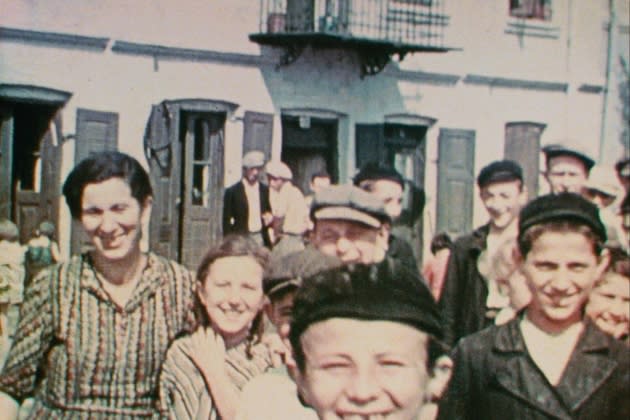
In August 1938 an American visitor appeared in a Polish village outside Warsaw, bearing an object of considerable novelty to the townspeople: a 16mm motion picture camera. David Kurtz filmed for not much more than 180 seconds, his shutter opening onto village life in Nasieslk, home to a Jewish population numbering several thousand people.
Kurtz, who had been born in Nasielsk but immigrated to America at the age of 4, seemingly preferred to focus on the buildings, shops and synagogue of his birthplace, yet young people, especially, began to crowd into the frame, fascinated by the cinematic device. Kurtz hoped to make a travelogue; children intuitively understood it as an opportunity to be seen, to be somehow preserved on celluloid.
More from Deadline
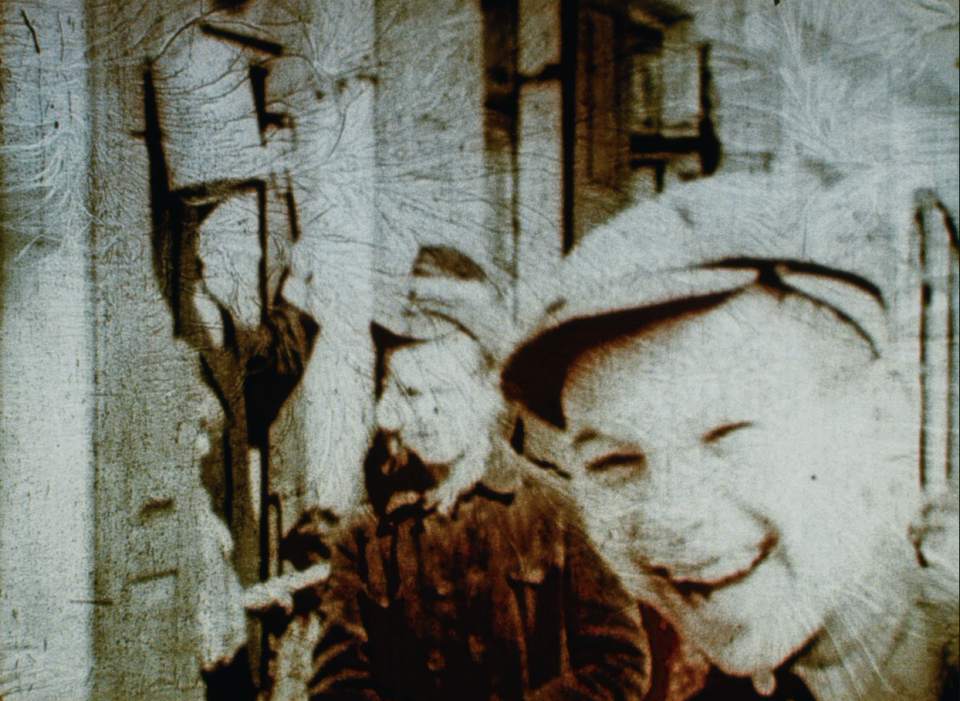
Those precious seconds of archival film, rescued from oblivion by David Kurtz’s grandson, Glenn Kurtz, are the basis for the Oscar-contending documentary Three Minutes – A Lengthening. Journalist and historian Bianca Stigter directed the film, co-writing it with Glenn Kurtz.
An eerie quality pervades the footage, or more precisely our experience of it: from our present vantage point, we know that almost every human being captured on the film perished in the Holocaust.
“Everything in the [archive] film is kind of joyous. The kids are jumping around, happy, and yet we hold the tragedy in us when we see them,” Kurtz notes. “That’s one of the things that makes the footage so powerful, is that the viewer is always in this position of appreciating the fact that the kids are laughing and screaming, poking their faces in the frame, and also knowing what [the kids] don’t know.”
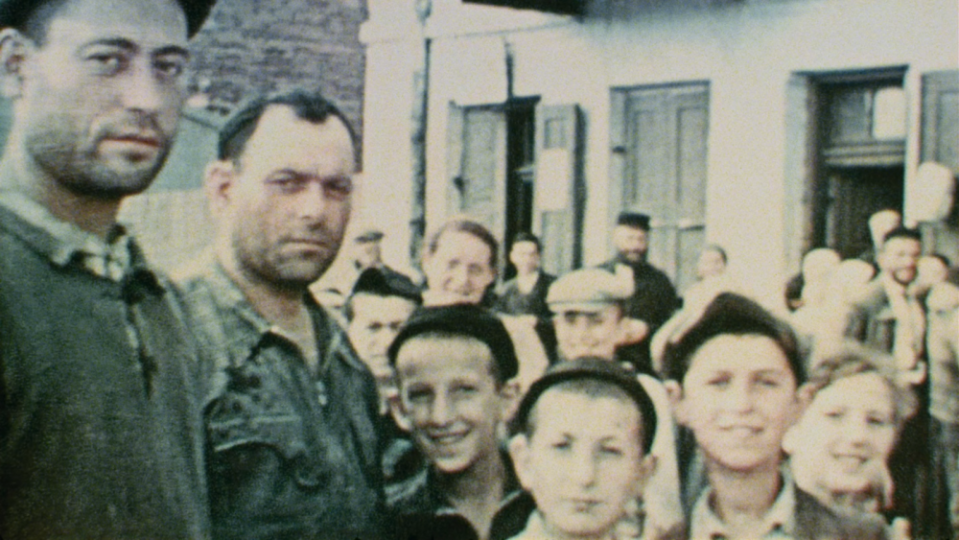
Kurtz had seen the old home movie as a child, but decades passed before he recalled it again and went in search of the material. He found it in 2009 in his parents’ home in Florida.
“It was in its original tin can in a cardboard box in a closet,” Kurtz tells Deadline. “The minute I saw this footage I recognized that it had profound historical significance.”
His grandparents had passed away and he had no information about the footage – where and when it had been shot and what exactly it showed. He says he felt compelled to investigate.
“As an adult, seeing it, I realized, this is probably the only movie imagery of this community before it was destroyed, and almost certainly the only images of many of the people, particularly the children who appear in it, in existence,” Kurtz says. “I felt this tremendous sense of responsibility to their memory. And I thought if I don’t try and figure out who they are, no one will and their identities will be erased. Just this absolutely chance encounter with these faces sent me on my what became now a 13-year mission to identify the individuals in the film.”
Kurtz donated the footage to the U.S. Holocaust Memorial Museum in Washington DC, which restored the film and made it available online. Then, something remarkable occurred. Out of the handful of Nasielsk Jews who escaped the war with their lives, one who had appeared in the film was identified.
“A granddaughter of one of these survivors happened to see the film on the Holocaust Museum’s website, and she recognized her grandfather as a 13-year-old boy,” Kurtz says. “And he’s still alive. He was 86 then, he’s 97 now.”
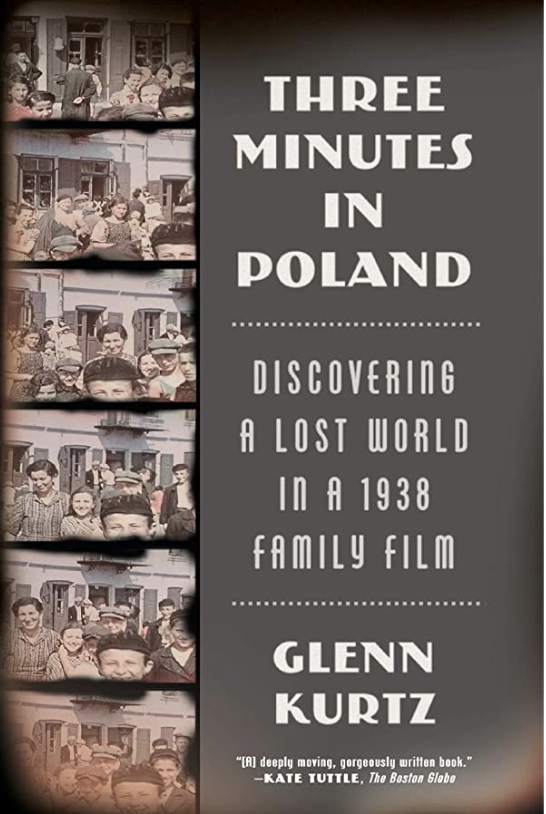
His name is Maurice Chandler and he immigrated to the U.S. after the war. Kurtz interviewed him for a book he wrote, Three Minutes in Poland: Discovering a Lost World in a 1938 Family Film.
“Mr. Chandler, with a photographic memory, was able to give so much more information than I could ever have gathered,” Kurtz says. “He lived in Nasielsk. He remembered what it was like. He was able to name people, to tell stories about their lives, about his family and the people in town. And that information sort of provided the glue that began to connect all of these fragmentary pieces that I had collected.”
Stigter, meanwhile, had also seen the Nasielsk footage on the Holocaust Museum website, and that inspired her own cinematic journey.
“I immediately had the idea of wouldn’t it be wonderful if we could extend this experience of viewing and make it longer,” she explains, “to keep this past in our present a bit longer.”
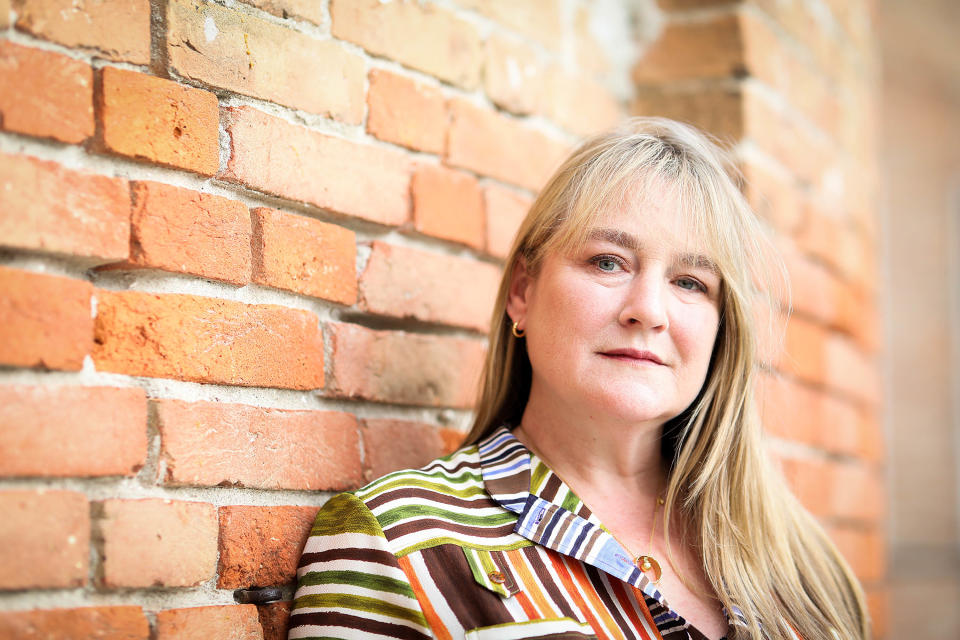
She contacted Kurtz and a collaboration began.
“He made it possible for us to work with the footage,” Stigter says. “At the Rotterdam Film Festival… we presented a 25-minute version [of the documentary]. “I was still thinking, ‘There’s more to it, we’re not ready.’ So, I looked for a producer and then we worked for five years more on this film. I wish I could still add things!”
Three Minutes – A Lengthening runs 70 minutes. The only visuals in the documentary are from that original archive material, sometimes slowed down or blown up, parsed, examined, rewound.
“The footage is so exceptional and so strong that this way of doing it gives you a much better sense of really engaging with the material and entering history in some way than if you had put in talking heads and so on,” Stigter observes. The original footage — some of it shot in color, some in black and white — has no sound on it. The director added a few aural swatches here and there – birds chirping, a car door closing.
“Just a few touches to give an inkling of sound,” Stigter says, “not too much.”
Commentary from Glenn Kurtz is heard in the film, as is an interview with Maurice Chandler. Actress Helena Bonham Carter narrates the film in an intimate manner, carefully probing for clues to the mystery of the footage.
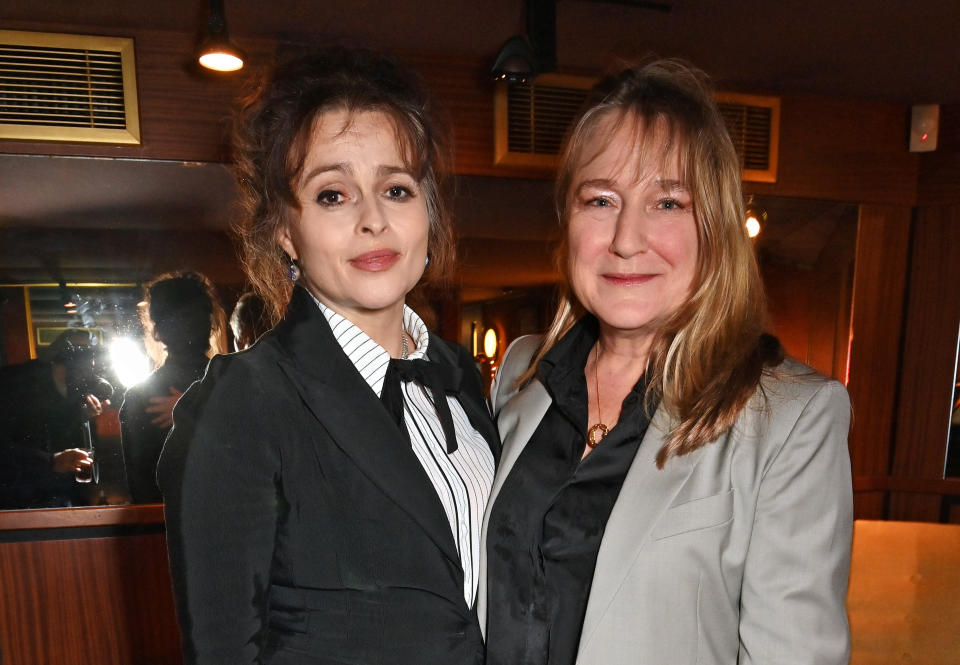
“I was looking for someone with a beautiful voice, but also really for an actor or actress that could convey the sense that you are on a journey of discovery together,” Stigter explains. “I wanted to make it an open film that yes, we are one step ahead, but this is what we found and maybe a viewer will find something else. No, it’s not a voice of authority, but the voice of discovery. And I think [Carter] manages to convey that very, very well.”
Eleven people who appear in the 1938 footage have been identified to date.
“There’s always in the back of our minds the hope that someone will see it and be able to provide more information or recognize someone,” Kurtz says. “Every time the story has gotten a sort of a larger audience, new information has emerged.”
On behalf of those identified, and those whose names remain yet unknown, Kurtz expresses this wish: “That we remember… they were actual living individuals with their own lives, their flaws, their own dreams and their own culture and their own context. And every time we say, ‘Oh, we know what it was like for them,’ we’re imposing ourselves on them… I hope that the film helps to secure the individuality of these people so that they can be honored and, indeed, mourned.”
Best of Deadline
Sign up for Deadline's Newsletter. For the latest news, follow us on Facebook, Twitter, and Instagram.

